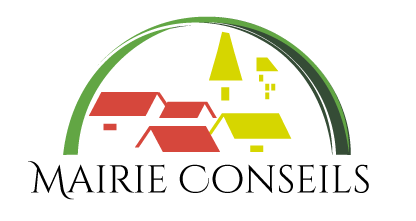• Markets
• Communal forests
• Touristic sites
• Soils: the municipality is characterized with a variety of soil types, which develop from basalt, trachyte and granite base rocks, alluvial deposits and organic matters. Soil types comprise of clay, sandy, humus and marshy soils. This wide variety of soil types offers a diversity of opportunities to farms of the area.
• Flora and Vegetation: Wum is within Sudano - Savanna Zone covered mostly with grass which favor the grazing of cattle. Forest patches such as in Atwe and Itiaku are used mostly for medicinal plants and are also home to many species of wild animals. The Wum council forest has a potential for providing wood, timber and poles.
• Fauna: The Wum Municipality hosts a good number of species of wildlife. There are species such as antelope, hare, porcupine, cane rats, monkey, deer and chimpanzees. Most of these animals are hunted by poachers for food or as an economic activity.
• Mineral resources: sand, clay and stones. Sand is gotten mostly from rivers. This is a great source of income quite a number of persons.
• Health: Insufficient access to quality health services in the villages, due to inadequate infrastructure and equipment and shortage of quality drugs.
• Environment and nature protection: environmental degradation due to poor framing practices.
• Women empowerment and family: High level of gender disparity and discriminatory practices on due to no centers for information and ignorance.
• Water and energy: poor access to portable water and energy coverage due to lack of finances.
• Education: Inadequate access to quality basic education services and facilities and lack of higher institutions, due to lack of funds and staff.
• Public works: difficulty to freely circulate in all neighborhoods of the Municipality, due to limited financial sources and no maintenance of the roads.
Shares boundaries with the following;
• Ako and Nkambe municipalities in Donga-Mantung Division
• Fonfuka municipality in Boyo Division
• Nkor municipal council in Bui Division.
• The Republic of Nigeria.
• Agriculture: (Maize, Cassava, Groundnuts, Beans, Yam, Potatoes, Sweet potatoes, Cabbage, Carrot, Okra).
• Commerce: sales of food stuff and petty trading, in the markets.
• Others include: small medium size enterprises, services from organizations, hunting, fishing and craftsmanship.
• Climate: the climate is cold and wet. Annual maximum temperatures range from 27.2oc and 33.6oc while the annual minimum values are 7.8oc to 15.9oc. The average annual rainfall ranges between 1270mm to 1778mm.
• Relief: part of the municipality lies on a higher altitude as a few hills disrupt the smooth stretch of the beautiful low land. The Northern part of the municipality is occupied by steep hills that lead up to Nkambe and Nkor municipalities. Some prominent hills are: Kette hill, Kehtimo peak of Kwe, Kinkoh Mountain, Kigure Mountain.
• Hydrology: The municipality has a few lakes like; Bembo, Lifaah, Keeh Lekumeh and Kifaah. Many streams big enough to be called rivers like; The River Kimbi. Rivers like; Rivers Kintteh, Kingbe, Kintseng, Kwe, Kinfing, Kime and Kinkoh.
